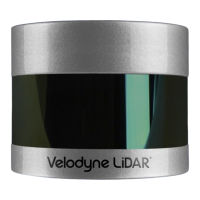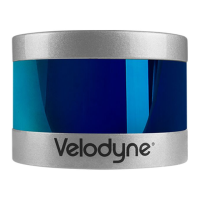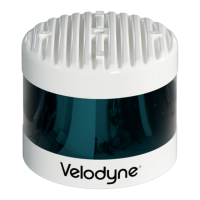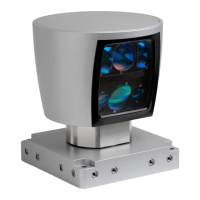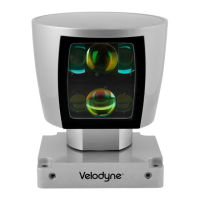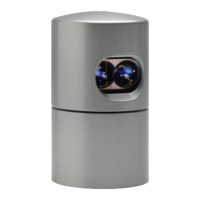Why am I experiencing data dropouts with my Velodyne VLP-32C Accessories?
- MMr. David DuarteAug 13, 2025
Data dropouts with Velodyne Accessories are often related to network or computer issues. Consider these potential causes: * Ensure the sensor's horizontal field of view is not limited to less than 360°. * Check for excessive network traffic or collisions. * Verify that no network device is throttling traffic, as wireless access points often do. * Look for excessive broadcast packets from other services that might be slowing the sensor down. * Confirm your computer is fast enough to handle the packet flow from the sensor. To troubleshoot, try removing all network devices and connecting the computer directly to the sensor.
